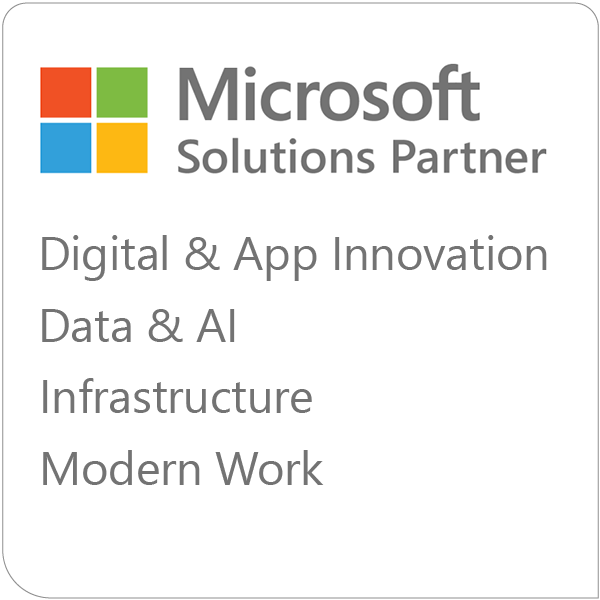Ransomware attacks are on the rise and show no signs of slowing down. It is estimated that every 14 seconds, a business falls victim to a ransomware attack and in 2019, 205,000 businesses lost access to their files due to an attack. While it’s easy to believe that something like this could never happen to your business, these attacks are more common than you might think and could wreak havoc on your data if not handled properly. Just take this example from Microsoft on the real, human cost of ransomware attacks that occurred in 2018 in the UK and Ukraine.
As the COVID-19 pandemic has forced many people to work remotely, the number of unmanaged and insecure work computers that have access to company networks increased dramatically. Each of these devices is a window into the company network for malicious hackers to climb through and evidence is clear that this is happening. Now, more than ever before, it is imperative that your organization has security measures in place to protect your team and data as everyone continues to work remotely.
Here are steps you can take to be proactive to protect your most valuable data from being compromised and prevent a ransomware attack:
1. Employ virtual machines in the cloud for team members working from home
As many of the workforce transitions to working remotely on a permanent or semi-permanent basis, it’s important to protect every team member from the potential security vulnerabilities that result in working from home and not on a company network. Every time a team member accesses company information from an unsecured device (like a personal computer or mobile phone), it presents another opportunity for a network to be exposed to hackers. Utilizing Windows Virtual Desktops (WVD) in Microsoft Azure can help your team achieve central management and increased desktop security all while reducing the hardware and management that is typically needed when working on-premise. By using a tool like WVD, you can easily set up new users and decrease support costs by virtually deploying new desktops in minutes and take full advantage of built-in intelligent security features.
2. Migrate your existing data and workloads to the cloud
On-premise data warehouses are a major security vulnerability and often don’t receive the attention and time they deserve to stay secure. Utilizing an Azure partner to help you in your journey to the cloud can be a great way to protect your most critical business data and take full advantage of the built-in security features the cloud can offer. A software development team with experience in this can help you to navigate the entire process from beginning to end, take your business’ future plans into account (and plan for them), as well as helping you evaluate the custom programs and databases you already use (or build you one from scratch).
3. Backup your data to the cloud
Having your data backed up is essential to your business in the event of a ransomware attack. Infections can live in your database for some time before being discovered, and the ability to virtually travel back in time to previous backups is essential as your team works to resolve the issue. The more current your backup, the more current your data is, meaning there is less of a chance of it being lost during or after an attack. This can also provide you with valuable forensic information as your team finds the underlying cause of where the vulnerability originated.
4. Create a disaster recovery plan
The key to preventing a ransomware attack is having a plan in place to mitigate the potential negative effects of a disaster. Partnering with a cloud-first company to create a disaster recovery plan is a great way to understand where potential vulnerabilities lie. An Azure partner can help you categorize assets, design a recovery plan, and create the necessary framework to keep you and your organization safe. It is not enough for your organization to just develop a plan – a great disaster recovery plan is one that is tested, continually evaluated, and kept up to date as the needs of your business change. Think of a disaster recovery plan like insurance – you hope you never need to use it for anything major but are thankful to have it when a disaster strikes. Ensuring your disaster recovery plan meets (and even exceeds) the needs of your business when a disaster could potentially occur is truly worth every penny.
Finding a software development partner to help you execute on a plan to prevent security vulnerabilities in your organization is becoming increasingly important. Contact our team of experts to learn more about how we can help you navigate the world of the cloud and security for peace of mind and confidence as you move forward.






